1
HOME > Brands >
THE BEST MEN’S ATHLETIC SHOE BRANDS
Written by Ivan Yaskey in Brands on the 11th October 2023
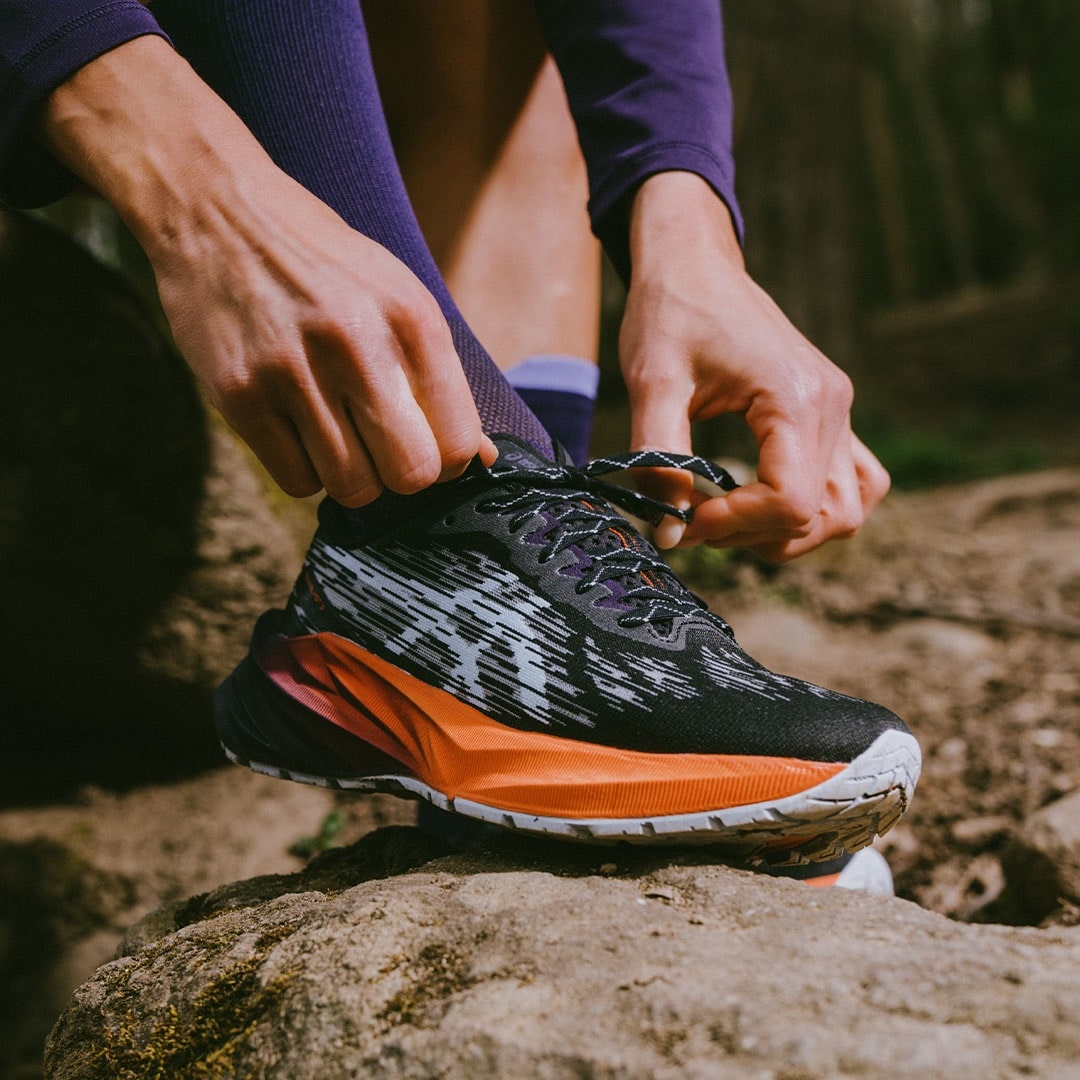
Finding a quality pair of athletic shoes always ends up being a challenge. Today, the lighter-is-better mentality pervades. The assumption hinges on the every-ounce-counts attitude present in the outdoor sphere: Logically, the less you have holding you back, the more you can surge ahead. This approach results in shoes that, today, feel more like socks: Much of the leather outer and chunky stylings of the 1980s and 1990s are gone – or have been relegated to trainers and throwback collections. Or, as even the casual gymgoer finds, what starts as responsive gets compacted down: The shoe, in turn, no longer performs as expected and, worse, exposes you to injury risks, like shin splints or gradual joint wear. You start to feel it, too, through random aches and pains even after running around the neighborhood or on a treadmill. We’ve compiled what you should look for in a pair of running shoes before. Much of these features pervade the entire athletic category on a broader scale. For brands you should be paying attention to, we’ve put together the following:
Brooks
Brooks has been manufacturing shoes since the early 20th century but didn’t actually venture into the athletic arena until 1974. At that point, they launched their first running shoe. 27 years later, they committed to adding more performance features: Today, they remain a go-to and a favorite for serious road and trail runners. What’s special about a Brooks shoe? While competitors focus on reducing weight or refining the heel-to-toe drop or debate outsole thickness, Brooks’ team zeroes in on human movement – particularly gait for reducing injuries and improving comfort and performance. As gait can vary between individuals, Brooks’ shoes introduce features designed to enhance stride and reduce rolled ankles, like GuideRails® supports and a flexible upper with a 3D Fit Print that adjusts and shapes to the wearer’s foot.
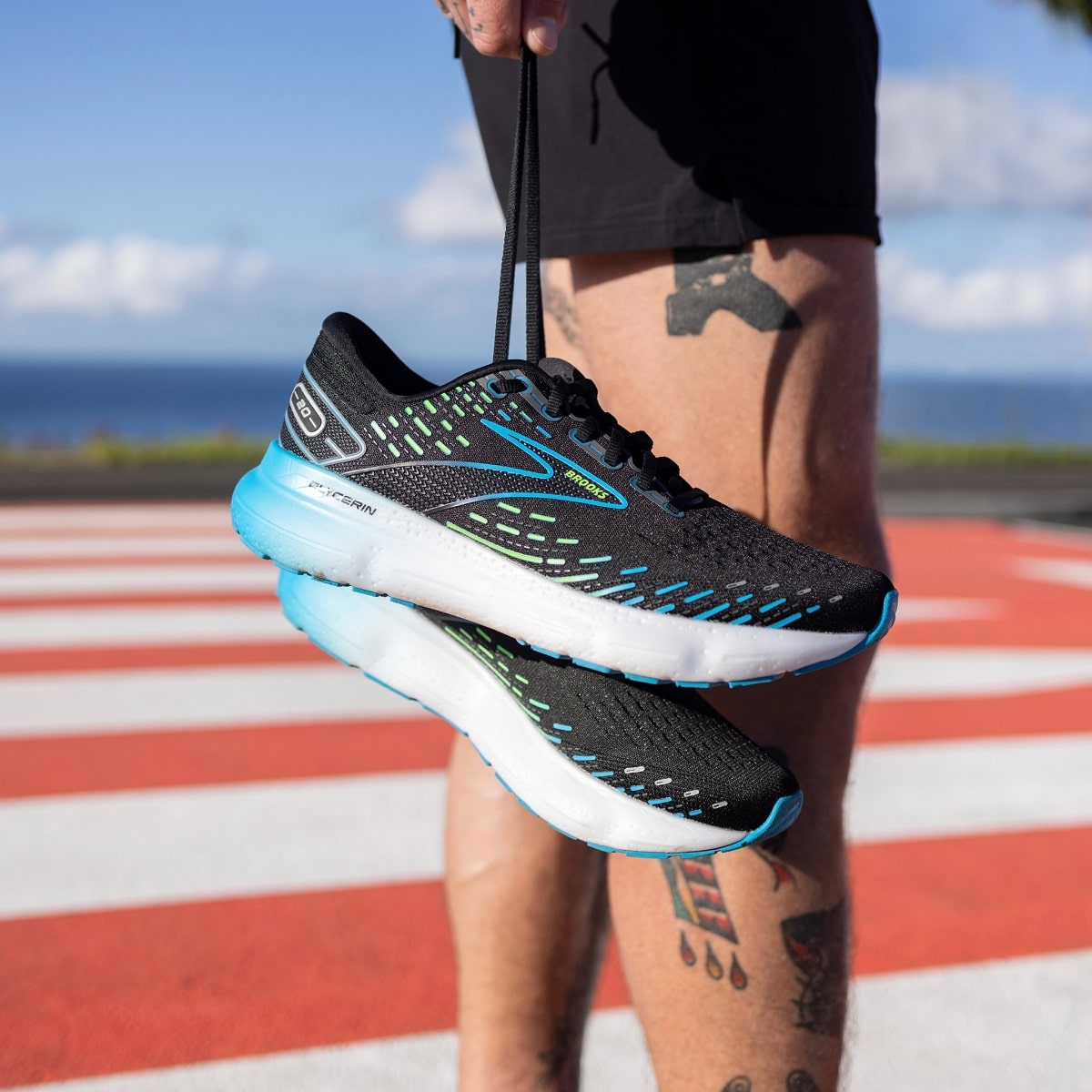
Nike
Decades of casual to serious athletes have sported Nikes. Celebrity endorsements and multiple tiers of shoes certainly help. Nike’s strengths come from its do-it-all mentality: While characteristics differ, you’ll find something medium-to-lightweight for running, basketball, and cross-training and even more specialty pursuits like trail running. As another asset, the company continually evolves its technologies: Today, its Air technology – characterized by a pouch of pressurized air added to the sole unit – trims down weight, continues to reduce impact, improves flexibility, and allows for a more customized fit. Next level, Zoom Air cushioning enhances responsiveness, especially for running and movements requiring speed, without placing additional strain on your muscles and joints. ZoomX foam takes these characteristics to further upgrade the energy return.
ASICS
Founded in 1949 by Kihachiro Onitsuka, ASICS routinely introduces new technologies that absorb impact, improve energy return, and lighten weight without falling apart after a few wears. GEL Technology is perhaps their most famous: This feature present in a wide range of ASICS athletic shoes deflects shocks and improves comfort as the wearer lands. Added to this is a host of other characteristics: FlyteFoam and FF Blast for greater energy return, the Guidance Trusstic system and DuoMax midsole for stability, and the GuideSole for more shock absorption.
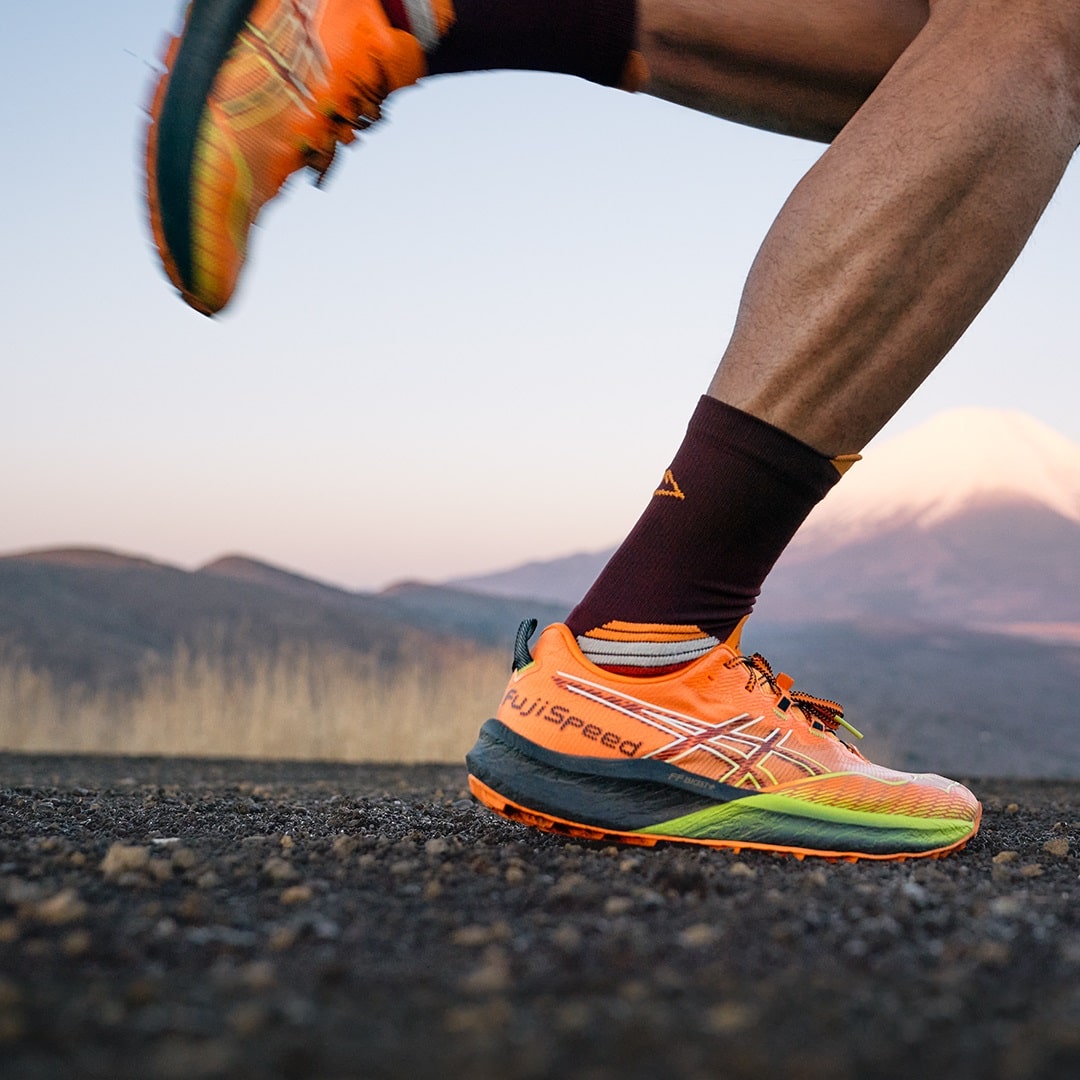
HOKA
Casual consumers of athletic footwear recently became familiar with the durability and responsiveness of HOKA. Dedicated runners and trail enthusiasts, however, have considered the brand a best-kept technical secret for years. Today, their line suits the demands of trail running and even doubles as lighter-weight hiking shoes with strategic protection against the elements. This appeal comes from their Active Foot Frame, built for a closer, more supportive fit preventing your shoe from moving around, a wider toe box to avoid a more pinched sensation, and grippier, more lugged outsoles. At the same time, a breathable upper and toggle-style laces result in an overall more comfortable and efficient experience. As another bonus, HOKA has experimented with more sustainable materials, including creating insoles out of 30-percent sugarcane and nearly eliminating oil-based products for its outsoles.
Adidas
Like Nike, Adidas is seemingly everywhere. Its popularity, too, comes from multiple product tiers: from Adidas Originals capturing its classic elements and appealing to the streetwear crowd, to a line for trail running and hiking that outdoor enthusiasts have come around to, to tech-heavy styles built for running, cross-training, football playing, and general activewear. For this latter group, Adidas ups the comfort factor with its PRIMEKNIT+ material, built to enhance breathability and create a close, sock-like fit, and its Boost™ technology, adding even more cushioning and responsiveness for the activity. Ultraboost Light, meanwhile, delivers a cloud-like sensation to take this attribute up a level. Toward a more customized experience, their shoes continue to incorporate 4D technology, which adapts the midsole to the wearer’s unique patterns of movement.

Saucony
Saucony claims to be the first running brand, getting its start all the way back in 1898. Over a century later, they’ve built a reputation for sturdier running shoes using higher-quality materials and incorporating performance technologies. Some of those advances include their PWRRUN and PWRRUN++ EVA foam, known for responsiveness and longer-lasting construction thanks to carbon fiber midsole plates. Toward more of a personalized fit, shoes incorporate ISOFit, which adapts the body to the shape of the wearer’s foot; FORMFIT, a combination of underfoot cradling and lightweight materials; the Comfort Lite Sockliner, which conforms to the foot to decrease pressure placed on the arch and forefoot; E•B•0, for greater protection against rocks and other objects; and POWERGRID, which combines their impact-absorbing, pressure-distributing Powerfoam with GRID technology to better align the shoe with the foot’s shape.
New Balance
At least right now, we use New Balance interchangeably with dad shoes – still around and associated with a chunky, retro appearance. Yet, despite this irony and assumption of a lack of style, New Balance does classic runners well: They introduced their first athletic shoe back in 1938 and continue to push performance with new technologies, including its FuelCell foam, lighter-weight mesh upper that still gives structure to your shoe, Fresh Foam X cushioning, and Energy Arc technology, which adds a carbon plate to the midsole to improve energy return.
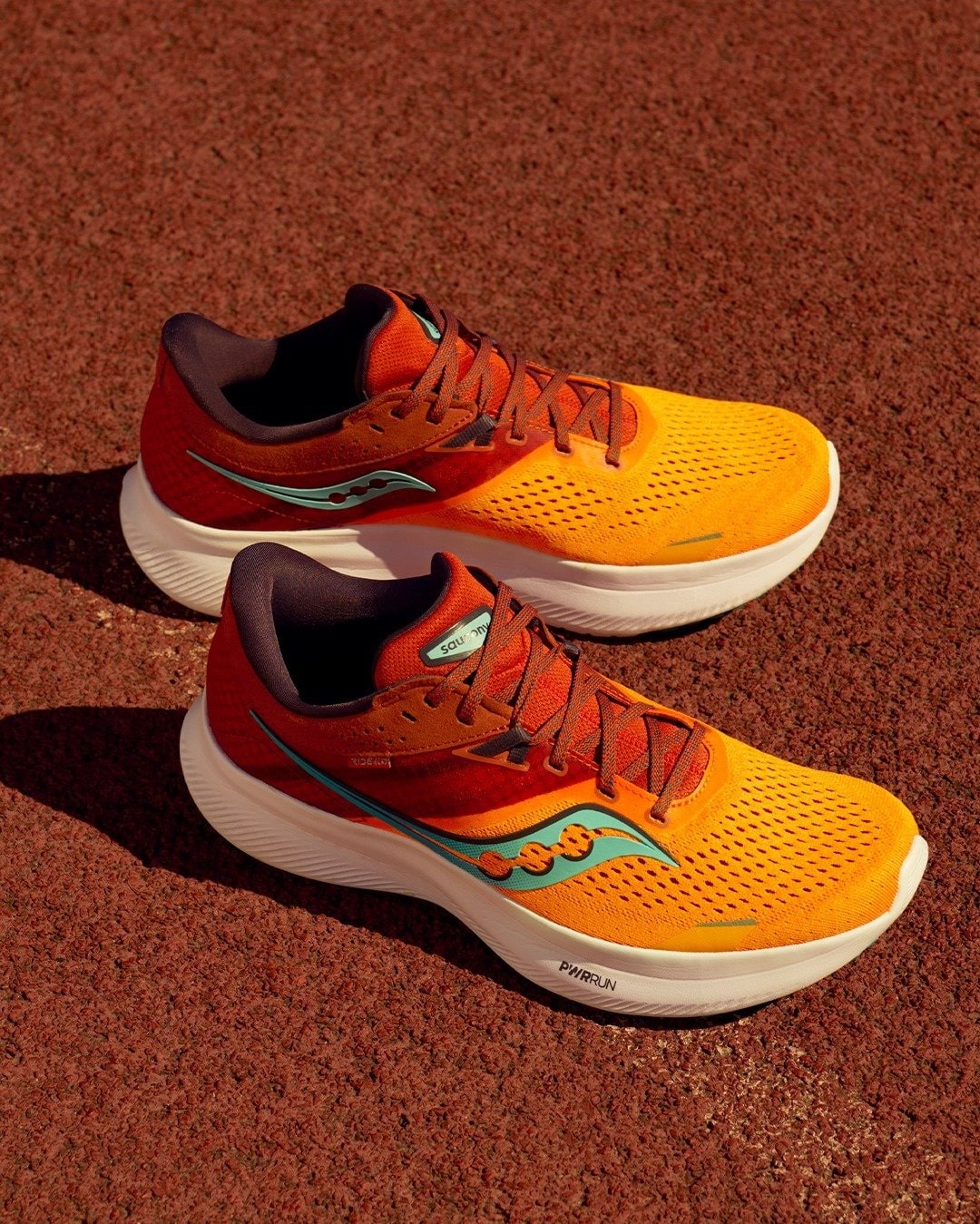
Puma
Similar to New Balance, we associate Puma with old-school activewear, particularly their Brush Spike from the ‘60s and later their leather trainers from the ‘70s and ‘80s. The brand, however, continues to evolve and diversify its product offerings while still focusing on the running market. Setting their athletic shoes apart are the Nitro Elite midsole for greater responsiveness and cushioning without adding weight, the PWRPlate using carbon fiber for structure and improved energy return, PUMAGRIP-LT for more traction, and its self-lacing Fit Intelligence system, designed to adapt to the wearer’s moves.
Reebok
Reebok’s reputation stands on two factors. One, they’ve managed to make athletic shoes that suit long-distance running and intensive training. Two, we still associate them with the Pump technologies from the early ‘90s, which resulted in both a closer fit and more responsiveness. Reebok got its start back in 1958, and like its competitors today, it continues to trim down weight without impacting performance. Shoes deliver this balance through its 3D Floatride Energy Foam, designed to improve support and create a smoother run even in more rugged outdoor conditions. Floatride technologies have since entered both its road-running and outdoor-centric lines. In this direction, Reebok’s latest efforts have entailed creating a shoe spanning and adapting to multiple active pursuits – from running to strength training. This has resulted in the Lift and Run chassis system for more versatile stability.
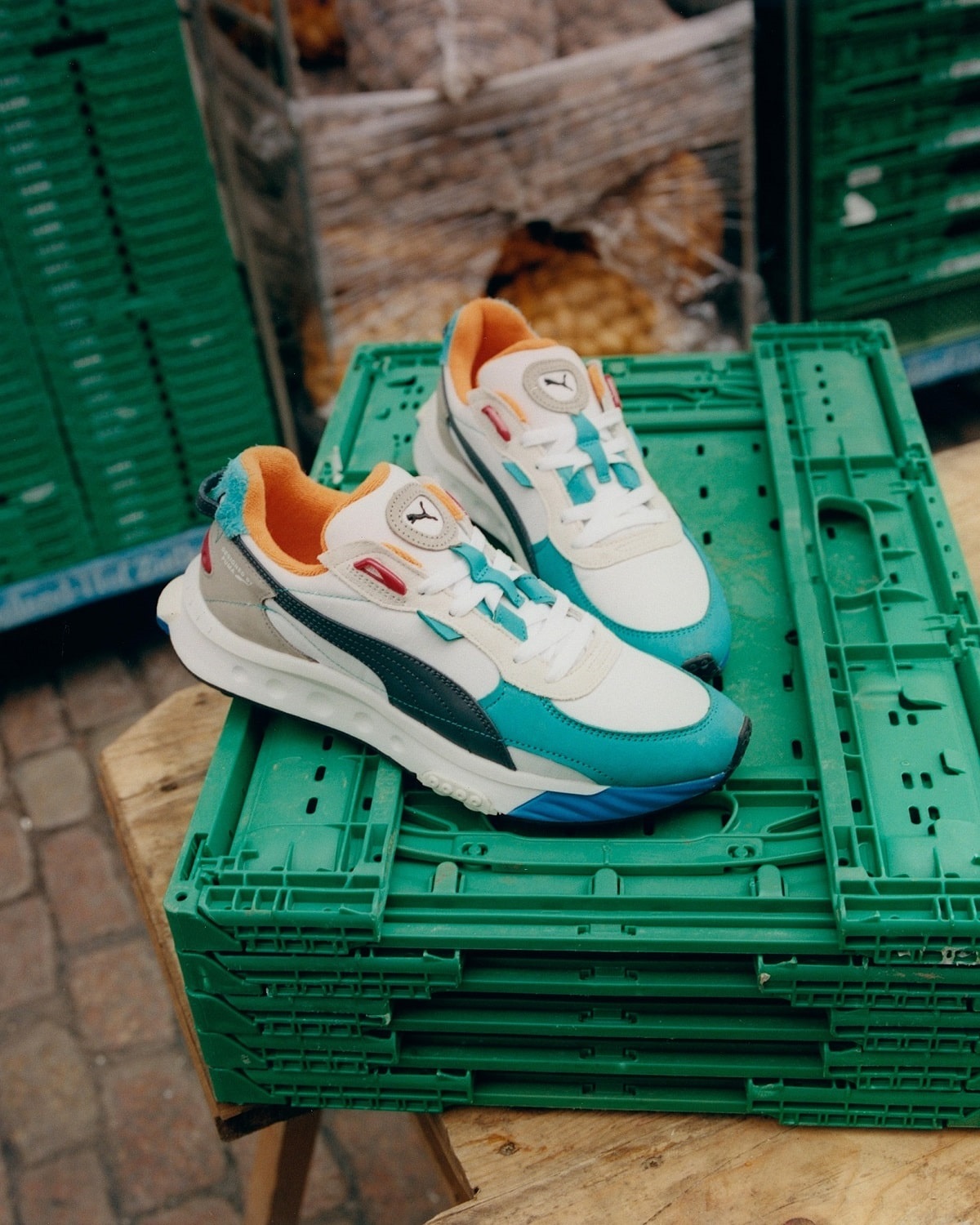
NoBull
We’ve been seeing a lot of NoBull over the past couple of years. What gives this newcomer an edge is its lightweight, streamlined forms that add strategic lateral and median support for a closer fit without restricting the wearer’s performance. Yet, what looks like a mesh sock proves surprisingly adaptable for indoor to outdoor wear, all thanks to reliable, firm traction.
Allbirds
Another newcomer, Allbirds quickly found its stride among those looking for an alternative to the all-synthetic athletic shoe. While some claims have come into question, Allbirds has carved out a market for its wool construction that takes advantage of the material’s natural moisture-wicking properties and for creating a machine-washable shoe. Other ventures have included incorporating eucalyptus fibers and using castor bean oil for a partially renewable outsole.
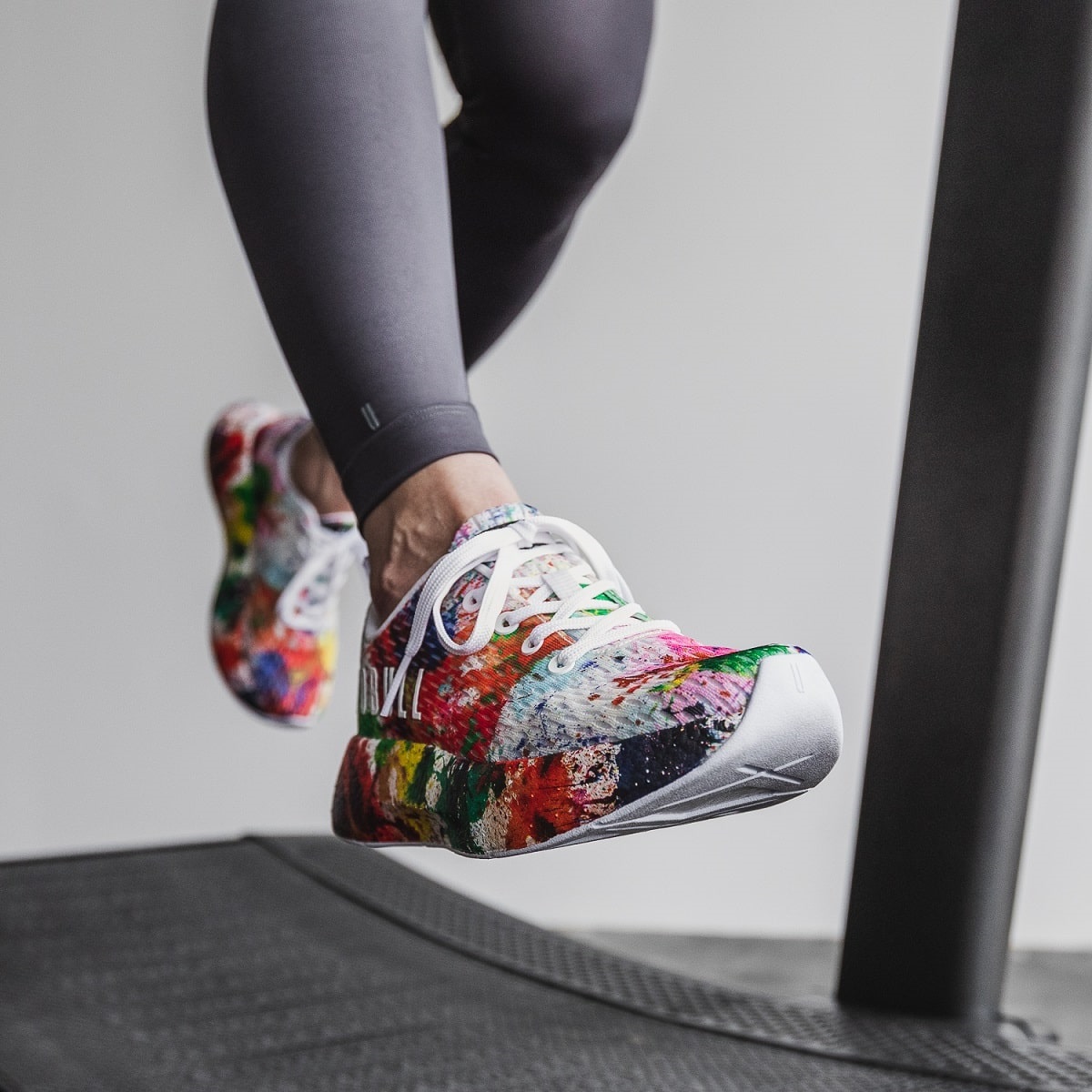

Trending
2
3
4
5
6
7
8
9
10










